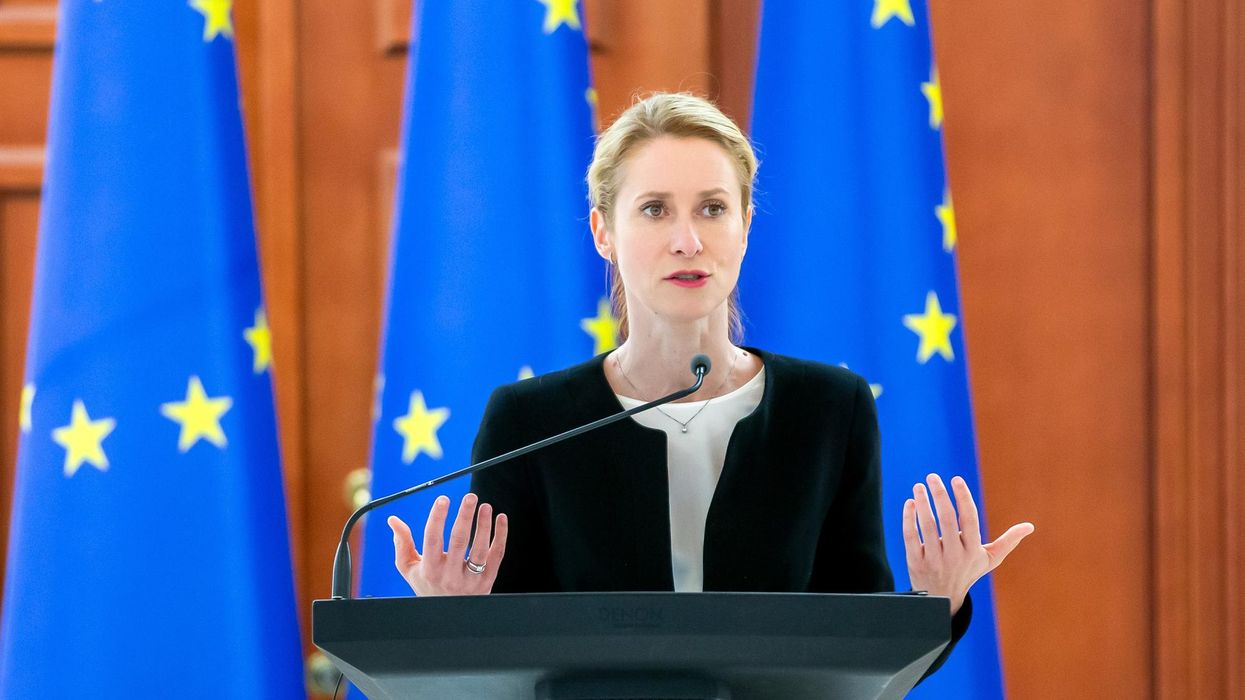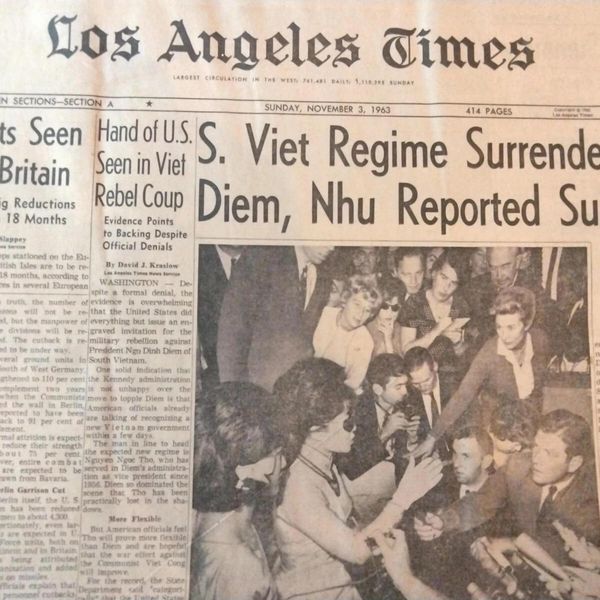This is part of our weeklong series marking the one-year anniversary of the Russian invasion of Ukraine, February 24, 2022. See all of the stories here.
What effects has the war in Ukraine had on NATO, and what are the future implications? To answer these questions, it is worth briefly recapping how we got here.
Senator Richard Lugar famously quipped after the Soviet Union lost the Cold War that NATO needed either to go out of area or out of business. Since the beating heart of NATO was always the United States, the prerogatives of the U.S. policy establishment would bear heavily on this question. Washington settled on expanding the alliance’s purpose, sending NATO forces into the former Yugoslavia, and later elsewhere.
Beyond choosing out of area, the alliance also went out of its mind, expanding like wildfire across the former Warsaw Pact. Expansion was a rare twofer for U.S. statecraft in Europe: taking on small, geographically vulnerable states made the alliance both weaker (diluting its military power by admitting countries that demanded more security than they supplied) and more provocative to Russia by bringing U.S. military power ever closer to the Russian border.
With the NATO front line moving further and further east during a period of Russian decline, the largest and most important member-states felt extremely secure, cutting their defense spending to the bone. The major industrial powers of Europe relied on the American pacifier, happily spending their own resources on infrastructure, a generous social safety system, and a variety of other domestic priorities.
After Russia invaded Ukraine, it looked for a moment as though Europe may have been shaken from its slumber. French President Emmanuel Macron’s proclamation that Europe needed to “wake up” and “be able to decide and increasingly take responsibility for more of our neighborhood security policy” suddenly looked prescient. Even the free-rider par excellence, Germany, declared the invasion had produced a Zeitenwende, or change of an era in European security. As part of this new era, Germany would dedicate €100 billion to defense over the subsequent four years, bringing its defense spending to 2 percent of GDP.
It was fun while it lasted.
The Biden administration’s reaction to the invasion effectively smothered a more robust European response. When it came into office, Biden immediately reversed Donald Trump’s effort to withdraw 12,000 U.S. servicemembers from Germany. Its “global posture review” assessed the U.S. presence around the world and concluded that it was pretty close to ideal.
After the Russian invasion, Biden sent an additional 20,000 U.S. troops to Europe to reassure the Europeans. It was exactly the opposite of what he should have done. The return of major war to Europe was a thunderbolt that provided the perfect opportunity to hand off European security to the Europeans. Biden squandered it.
Since then, the “New Era” in Germany has been revealed as little more than an accounting gimmick. Under the Zeitenwende plan, by 2026 Germany will be spending less on defense than it did in 2022. Meanwhile in the first year of war, the United States contributed more than $110 billion to Ukraine — by far the most of any state or institution.
For understandable reasons, the frontline NATO states always demanded more U.S. military power, and as much of it inside their own borders as possible. As Derek Chollet would admit in 2021, in Europe, like the Middle East and the Indo-Pacific, “there’s a desire for more of the United States, more of our time, more of our energy, more of our attention, more of our force posture.”
It’s reasonable that our allies would like to use the U.S. economy and the U.S. military to their own ends. It’s unreasonable when American elites choose to indulge them. In multiple meetings with Biden administration officials after the war began, I was told that the United States would like Europe to do more for itself, but as one official put it, “we aren’t willing to put an ‘or else’ at the end of that sentence.”
If strategy is about choice, choosing not to choose is choosing not to strategize. After the Cold War, for a time it appeared the United States could afford both more guns and more butter, forever. In the Year of Our Lord 2023, the CBO is reporting that the government will default over the summer unless the debt ceiling is raised, and that the United States will add another $19 trillion to its debt over the next decade.
The party is ending. As Steven Pearlstein wrote in the Washington Post, even keeping the national debt growing at the same rate as the U.S. economy would require drastic measures, one way or the other. You can choose your own adventure:
cuts to all discretionary spending, defense and non-defense, of about 20 percent. Or it would require an increase of income, payroll and corporate taxes of 8 percent. Or you could get there by cutting entitlement spending — mostly Social Security and Medicare — by 9 percent.
It was over a decade ago that Defense Secretary Robert Gates took Europe by the lapels and warned of a “dwindling appetite and patience in the U.S. Congress – and in the American body politic writ large – to expend increasingly precious funds on behalf of nations that are apparently unwilling… to be serious and capable partners in their own defense.”
Europe hasn’t heeded the warning, and Washington hasn’t put an “or else” at the end of the sentence. But everyone involved should probably consider: if the choice for Americans comes down to Aunt Sally’s hip replacement, dad’s tax cut, containing China, or Onkel Olaf’s defense subsidy, where is the axe most likely to fall?
















